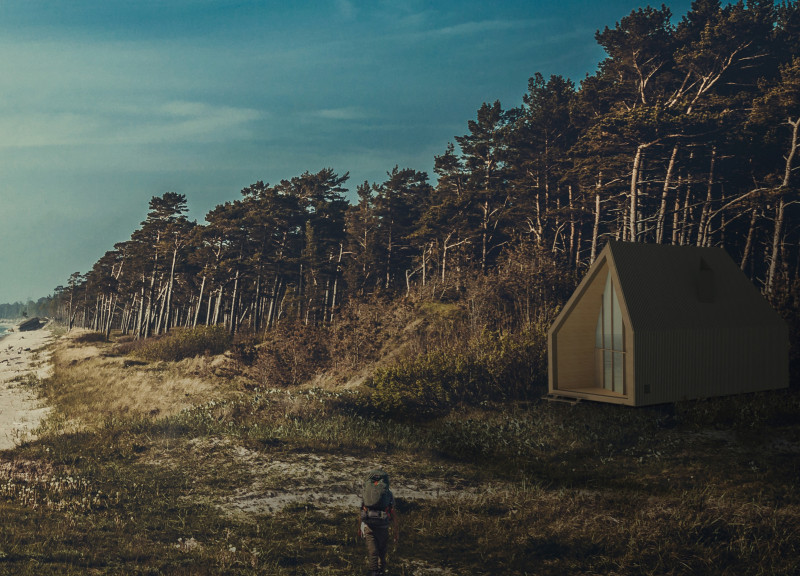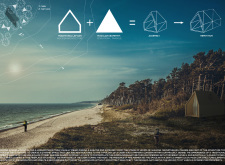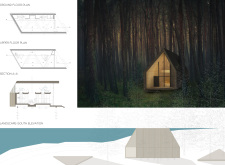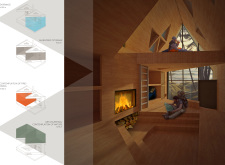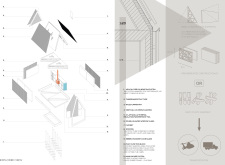5 key facts about this project
The design features an open floor plan that promotes flexibility and adaptability, allowing for a variety of uses. This approach not only optimizes the spatial experience but also ensures that the architecture serves the needs of its inhabitants effectively. The layout is intuitive, guiding users through distinct areas that are seamlessly connected, fostering a sense of community while maintaining individual privacy where necessary.
A significant aspect of this project is its materiality. The design incorporates a carefully selected palette of materials, including sustainably sourced wood, reclaimed brick, and glass. The use of these materials not only enhances the visual texture of the building but also reflects an environmental consciousness that aligns with modern architectural practices. Wood brings warmth to the interiors, while brick offers durability and a connection to local craftsmanship, and glass invites natural light into the spaces, enhancing the overall ambiance.
The facade of the building is particularly noteworthy. It employs a unique arrangement of horizontal and vertical elements that create an engaging rhythm while serving practical purposes such as shading and temperature control. This design approach mitigates heat gain in warmer months and maximizes daylight penetration, illustrating a deep understanding of environmental context and site orientation. The integration of outdoor spaces, such as terraces and gardens, further strengthens the connection to nature, allowing inhabitants to engage with their surroundings in a meaningful way.
Innovative technologies are also embedded within the project, from energy-efficient systems to smart home integrations that promote sustainable living. This forward-thinking approach not only reduces the ecological footprint of the building but also enhances the quality of life for its occupants, showcasing a commitment to contemporary living standards.
The project represents a significant contribution to the architectural landscape of its geographical location, integrating elements that resonate with the local culture and climate. The site’s characteristics have been meticulously considered, ensuring that the design is both contextually relevant and responsive to its environment.
Overall, this architectural initiative exemplifies a comprehensive understanding of modern design principles, combining functionality, sustainability, and aesthetic quality into a cohesive whole. For those interested in delving deeper into the architectural plans, sections, designs, and broader architectural ideas incorporated into this project, a closer examination of the project presentation is encouraged to appreciate the nuances and thought processes that shaped this work.


